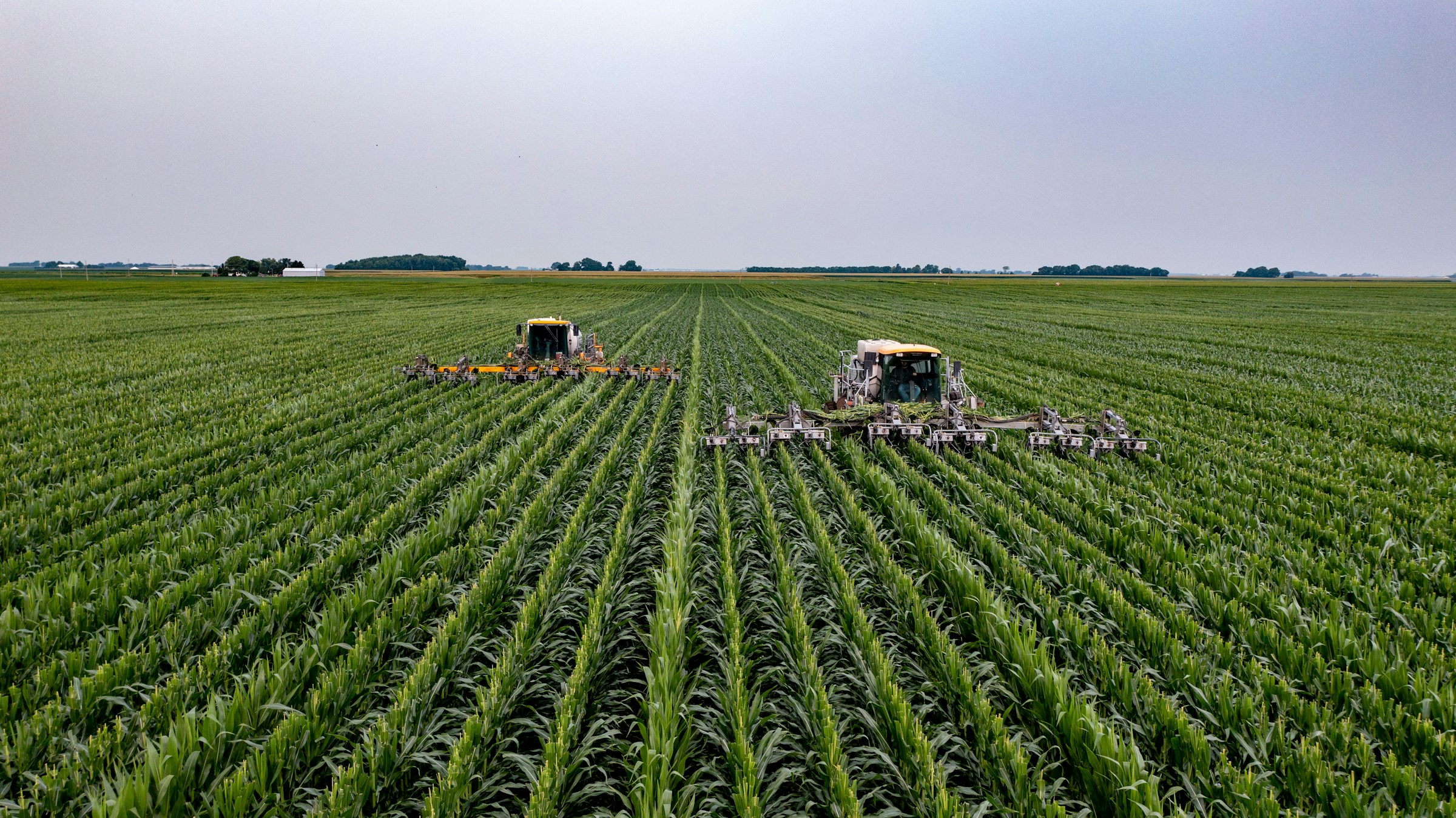Enhance Agricultural Productivity With High-Quality Water Soluble Polymers
These polymers use a range of advantages that can change standard farming approaches, from enhancing water retention and effectiveness to maximizing dirt structure and nutrient delivery systems. By utilizing the power of innovative polymer options, farmers can potentially unlock brand-new pathways in the direction of attaining higher crop yields while minimizing ecological influences.

Benefits of Water-Soluble Polymers
Water-soluble polymers offer a multitude of advantages in farming applications because of their enhanced water retention residential or commercial properties and capability to enhance dirt structure. Agriculture. These polymers, when added to the soil, can considerably raise water holding ability, decreasing the regularity of irrigation required by plants. By creating a gel-like material when combined with water, water-soluble polymers create a storage tank that gradually launches wetness to plant origins, making certain a more regular water during dry spells
In addition, these polymers help in stopping soil disintegration by binding dirt bits together, thus boosting soil framework and stability. Boosted dirt structure permits much better origin penetration and oygenation, advertising healthier plant development and greater plant yields. Water-soluble polymers likewise help in nutrient retention by reducing leaching, guaranteeing that important nutrients stay offered to plants for a longer period.
Improved Water Retention and Performance
Enhancing agricultural water retention and effectiveness via the unification of advanced polymer technologies has actually become an extremely important focus in modern-day farming methods. Water-soluble polymers play a critical duty in enhancing dirt framework, improving water infiltration, and decreasing water dissipation prices. By developing a slim movie on the soil surface, these polymers help to avoid water overflow and increase the dirt's water-holding capability, guaranteeing that plants have accessibility to a sufficient water supply.
Furthermore, using high-quality water-soluble polymers can substantially decrease the frequency of watering, as they enhance the soil's ability to retain dampness for longer durations. This not just saves water yet also reduces the energy and labor prices connected with watering practices. Furthermore, boosted water retention and effectiveness result in much better nutrient uptake by plants, causing boosted crop yields and overall agricultural efficiency.
Boosted Nutrient Distribution Systems
Offered the considerable impact of premium water-soluble polymers on enhancing water retention and efficiency in farming, the emphasis currently moves towards maximizing nutrient distribution systems to even more improve plant development and yield. Enhanced nutrient delivery systems play an essential role in guaranteeing that plants get the needed nutrients in a kind that is conveniently offered for uptake, promoting their total health and productivity. By including water-soluble polymers right into nutrient distribution systems, the performance of nutrient uptake by plants can be substantially enhanced.
One trick advantage of using premium water-soluble polymers in nutrient distribution systems is their capability to regulate the release of nutrients, making certain a controlled and consistent supply to plants over an extensive duration (Agriculture). This regulated launch device helps avoid nutrient leaching and runoff, consequently maximizing nutrition application by plants and minimizing ecological effect

Dirt Structure Optimization Techniques
Enhancing dirt framework is extremely important in contemporary agriculture for making the most of plant yields and advertising lasting land administration practices. Soil framework optimization techniques play a crucial role in ensuring that dirt offers an excellent atmosphere for plant development. One key method is the enhancement of organic matter, such as compost or manure, which aids improve soil framework by enhancing its water-holding capability and nutrient retention.
In addition, practicing minimum husbandry or no-till farming can avoid dirt compaction and advertise the development of a healthy soil structure. Cover cropping is another reliable strategy that includes planting plants particularly to secure and improve the soil, preventing erosion and boosting soil structure.
Furthermore, carrying out plant rotation strategies can assist break parasite and condition cycles, while additionally boosting dirt structure via the varying origin structures of various plants. Generally, utilizing these soil structure optimization methods can result in enhanced agricultural productivity, reduced environmental influence, and lasting sustainability in farming practices.
Lasting Solutions for Crop Returns

To resolve the difficulties of making the most of crop yields while promoting lasting land administration techniques, discovering sustainable solutions becomes essential in modern-day farming. Implementing lasting agricultural practices is vital for guaranteeing long-term food protection visit this site and ecological preservation. One sustainable option for enhancing crop yields is using precision farming techniques. By leveraging modern technology such as GPS, sensing units, and information analytics, farmers can enhance using sources like water, fertilizers, and chemicals, resulting in enhanced effectiveness and performance.
In addition, promoting crop turning and cover cropping can help keep dirt health, reduce disintegration, and improve nutrition cycling, eventually adding to greater yields with time. Integrated insect administration methods also play a vital duty in lasting plant production by reducing the reliance on chemical pesticides and advertising all-natural parasite control approaches.
Additionally, purchasing study and advancement for establishing drought-resistant plant ranges and climate-resilient farming methods can help reduce the effect of climate modification on agriculture while ensuring consistent yields when faced with ecological difficulties. By embracing these sustainable services, farmers can attain greater plant returns while securing the wellness of the land for future generations.
Conclusion
To conclude, using premium water-soluble polymers in agriculture supplies many advantages such as improved water retention, enhanced nutrient distribution systems, and enhanced dirt framework. By implementing sustainable solutions for crop yields, farmers can considerably enhance agricultural performance and efficiency. Agriculture. Water-soluble polymers give a environmentally pleasant and cost-effective method to boost the general efficiency of farming methods, causing much better outcomes for both farmers and the setting
These polymers supply a variety of benefits that can reinvent conventional farming techniques, from boosting water retention and effectiveness to maximizing useful reference soil structure and nutrient distribution systems.In addition, these polymers aid in protecting against soil disintegration by binding dirt bits together, thereby improving dirt structure and security. By developing a thin film on the soil surface area, these polymers help to avoid water drainage and enhance the soil's water-holding ability, making certain that plants have accessibility to a sufficient water supply.
Dirt structure optimization methods play a critical role in making certain that soil supplies a suitable setting for plant development.In conclusion, the usage of high-grade water-soluble visit here polymers in farming supplies countless advantages such as improved water retention, boosted nutrient delivery systems, and maximized soil framework.